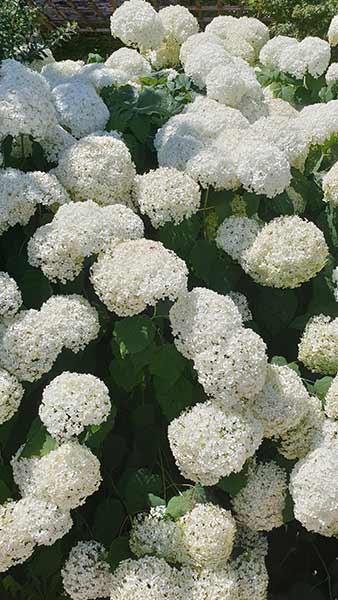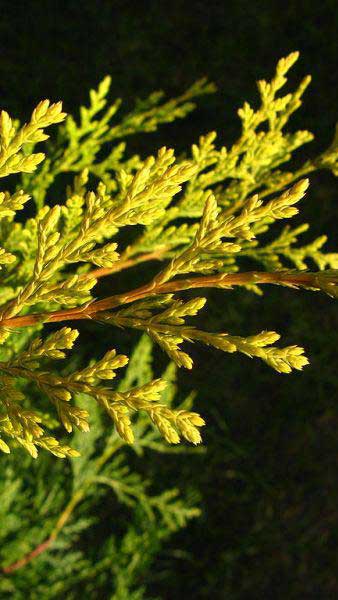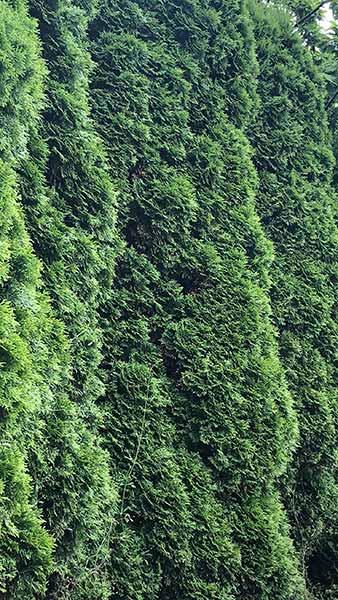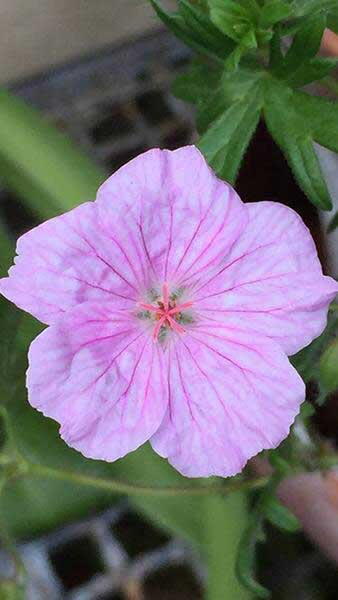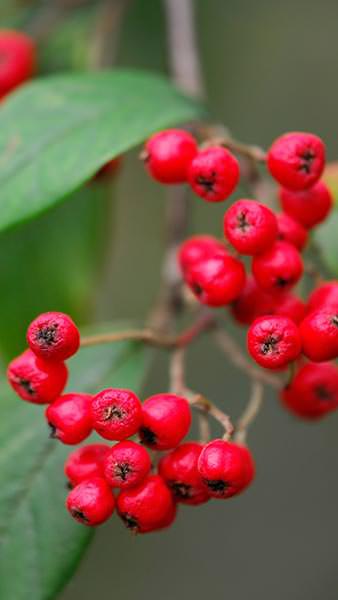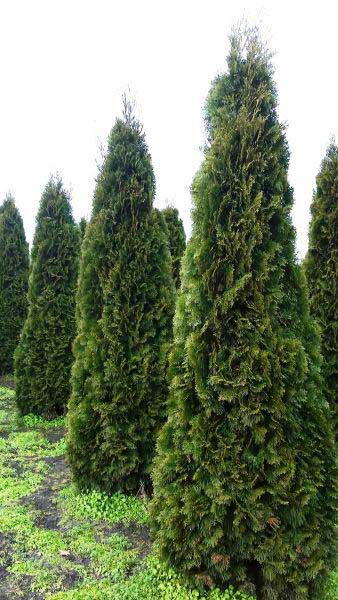Cotoneaster Lucidus Hedge. Peking Cotoneaster for Hedging
Cotoneaster LucidusCotoneaster Lucidus, also known as the Peking Cotoneaster, is an excellent hedging shrub for gardens across the UK. Native to the Altai Mountains of Mongolia and Russia, this deciduous shrub was introduced to the UK in 1840, and has proven to be an extremely reliable choice for pruned hedges. Growing taller than other cotoneaster varieties, it forms an upright, rounded shape. Its glossy dark green leaves, up to 5 cm long, create a dense wall of foliage for optimum privacy in season, and then turn to a brilliant red in autumn. The small pink flowers in spring are followed by showy black fruits in autumn that persist into the winter, attracting birds to your garden.Height and Spread of Cotoneaster LucidusPeking Cotoneaster Lucidus will grow to a height and spread of 3 metres in 10 years if left unpruned.How Hardy Is Cotoneaster Lucidus?Cotoneaster Lucidus is hardy in all parts of the UK and indeed even in the most extreme continental climates.How to Use Cotoneaster LucidusThe Peking Cotoneaster Lucidus can fit in any garden from formal to country cottage. Suitable for container planting, it can be used to create an espalier screen for a rooftop terrace, balcony, courtyard or patio, where its dense leafy growth will create a living wall. In a larger garden it can be pruned as a formal hedge with strong lines, or left to grow into its natural upright, rounded shape. It can be use in a mass planting on a slope for a low-maintenance ground cover, providing a bright autumn highlight as a bonus.How to Care for Cotoneaster LucidusPlant Cotoneaster Lucidus in full sun or partial shade in any well-drained soil in an exposed or sheltered position. It will adapt well to both dry and moist but well-drained soils, and is drought-tolerant once established. Very tolerant of aerosol salt, it can be used in coastal regions, and will also thrive in even inner-city environments. Deer and rabbit-resistant, it is perfect for country properties. While it can be left to grow to its full height and spread, Cotoneaster Lucidus is ideal for pruning into a formal hedge or even topiary shape. Overgrown specimens can be cut right back to the ground for fresh, vigorous growth.Cotoneaster Lucidus is an excellent low-maintenance landscape plant which is reliable and hardy in even the most challenging conditions.
